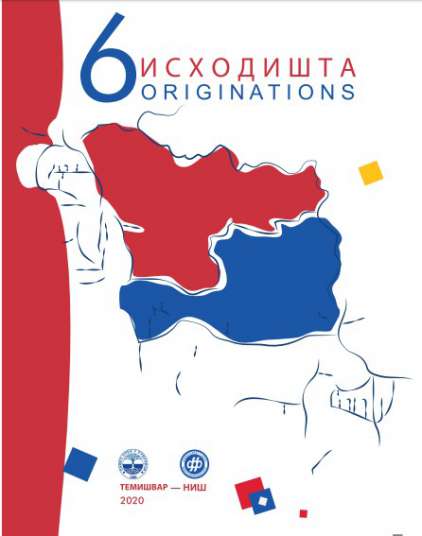ПОЉАДИЈА: ЖИВОТ У ПОГРАНИЧЈУ
POLJADIJA REGION IN ROMANIA: LIVING ON BORDER LINE
Author(s): Biljana SikimićSubject(s): Customs / Folklore, Regional Geography, Oral history
Published by: Universitatea de Vest din Timişoara
Keywords: border studies; oral history; personal biography; Serbs in Romania; socialism; Câmpia;
Summary/Abstract: The paper is based on the data collected by team field research of the Serbs in the settlements Sokolovac (rom. Socol), Zlatica (rom. Zlatiţa) and Langovet (rom. Câmpia) conducted at the beginning of June 2019, organized by the Center for Scientific Research of Serbs in Romania, of the Union of Serbs in Romania. These three settlements are situated at the left bank of the river Nera that become YugoslavRomanian state border in 1919, the same state border being again officially confirmed by the Paris peace treaty 1947. The border line villages in Romania were separated from their land properties at the right side of the river, and, at the same time, from the prior regional city center of Bela Crkva that remained in Yugoslavia. Focusing only four transcriptions of all the interviews held in Langovet, this paper sheds light on closing state border time in 1947 from the children’s perspective. Collective memory still retains reasons for the local celebration of the first Friday after Easter, remembered as deadly disease of children or young girls’. This local holiday currently became one of the important ethic symbols in the official calendar of Serbs in Romania. Metapragmatic awareness of good knowledge of native Serbian language is discussed at the level of socialist period vocabulary and Romanian administrative lexicon covering border line and border crossing conditions (’passport’, ’frontier’, ’customs’.)
Journal: Исходишта
- Issue Year: 6/2020
- Issue No: 6
- Page Range: 381-397
- Page Count: 17
- Language: Serbian

